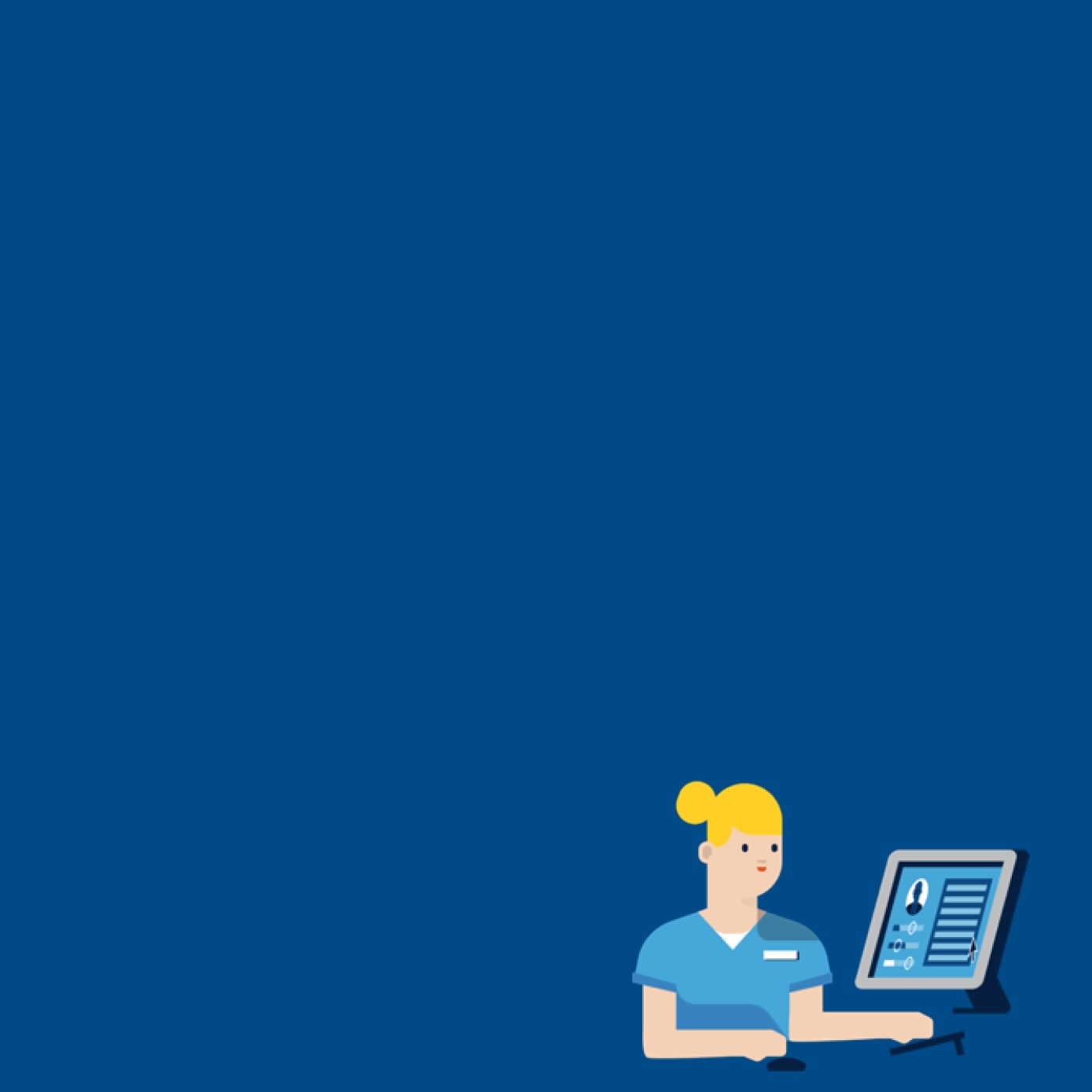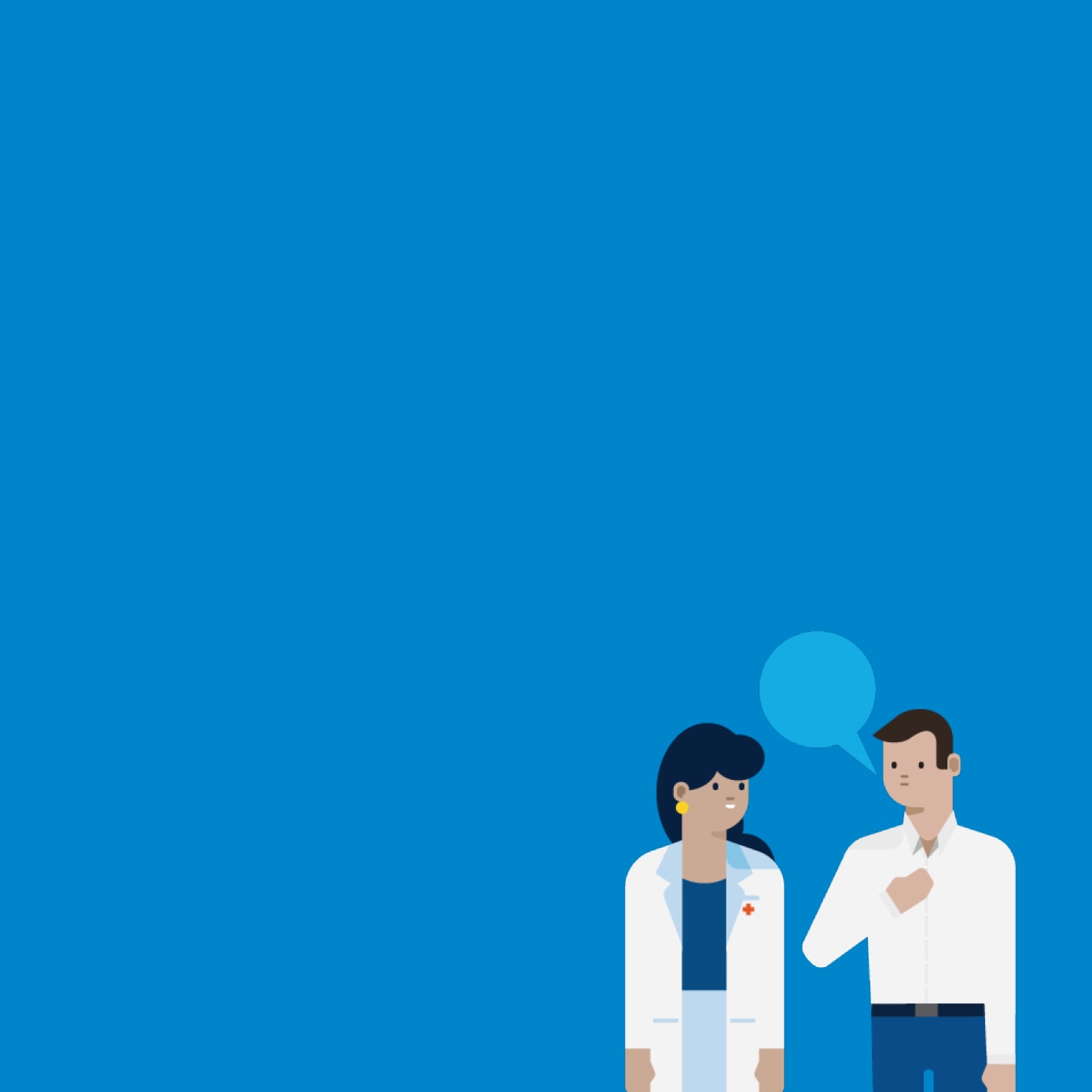

Get to know Parkinson's Disease and the next steps in the treatment of Parkinson's Disease symptoms
Incidence: over 6M people¹ affected worldwide in 2015

This number is expected to double by 2040¹
About 1/10 people with Parkinson's are under 50 years old¹
Parkinson's disease symptoms and progression1
Primary symptoms of Parkinson's

Want to know more facts about Parkinson's?1
View here
Men are 1.5 times more likely to have Parkinson's than women2
Get guidance on being a Parkinson's carer*
Download the guide
TREATMENT OPTIONS FOR PARKINSON'S disease

It's important to discuss all options that may manage your movement symptoms

DBS is a surgery that may help provide patients with relief from many Parkinson's disease symptoms through electrical stimulation.⁶
FIND A PHYSICIANLearn more about getting DBS therapy
DBS therapy works like a pacemaker for the heart. The treatment sends electrical pulses into an area of the brain that controls movement. These pulses disrupt some of the brain’s messages that cause the symptoms of Parkinson’s disease.4
When switched on, DBS therapy can work day and night with minimal maintenance or effort. DBS therapy does not require removal at night, cleaning, refilling, or maintenance upon waking in the morning.**

Discuss the requirements for DBS eligibility with a Doctor¹
1. Been diagnosed with Parkinson's for at least 4 years3,4
2. Movement symptoms not adequately controlled with current medication
3. Have responded well to medication
4. Have had movement symptoms for a minimum of 4 months
5. Side effects experienced with current medication
Discuss Parkinson's treatments with your doctor
View detailsFrequently asked questions4
See FAQs hereWant to know more about Parkinson's?3
Learn moreFrequENTLY ASKED QUESTIONS
If you have any questions, visit the Parkinson's Australia website where you can find a link to your state information and a broad range of resources.

5 things to expect from DBS surgery
1. The specialist will evaluate if DBS is suitable
2. An MRI or CT scan will be performed to capture images of the brain
3. A physician will implant thin wires in the brain and a small device under the skin of the chest
4. The specialist will turn it on and adjust to manage the symptoms
5. It is expected that everyday life will continue while attending checkups with your specialists
https://www.parkinsons.org.au/
Are men at greater risk for Parkinson’s disease than women?, Wooten G., J Neurol Neurosurg Psychiatry 2004;75:637–639
OkunMS, Foote KD. Parkinson’s disease DBS: what, when, who and why? The time has come to tailor DBS targets. Expert Rev Neurother. 2010 December ; 10(12): 1847–1857.
“Deep Brain Stimulation – Advantages, Risks and Conditions Treated.” Accessed 14 Dec. 2020. https://www.aans.org/en/Patients/Neurosurgical-Conditions-and-Treatments/Deep-Brain-Stimulation
* Developed by European Parkinson Disease Association
** Maintenance is required for rechargeable systems
Brief statement
This material is intended to be educational and is not a diagnostic tool. It is not intended to replace the information provided to you by your healthcare providers and does not constitute medical advice. The information may not be directly applicable for your individual clinical circumstance. Please refer to the manufacturers’ prescribing information and/or instructions for use for the indications, contraindications, warnings, and precautions associated with the medications and devices referenced in these materials. For more information please speak with your healthcare providers.
